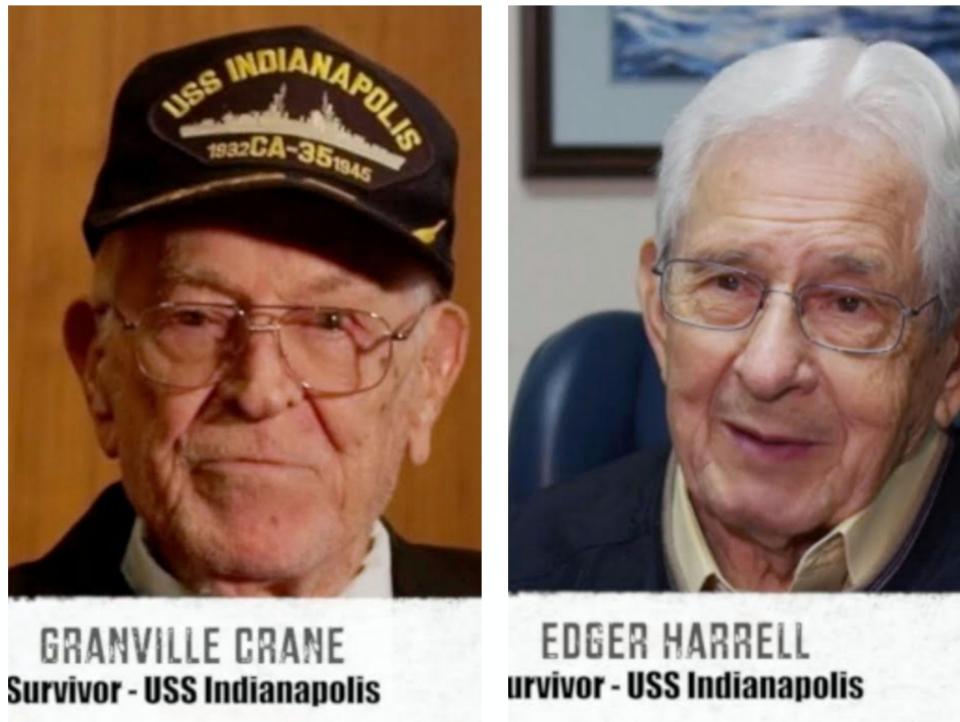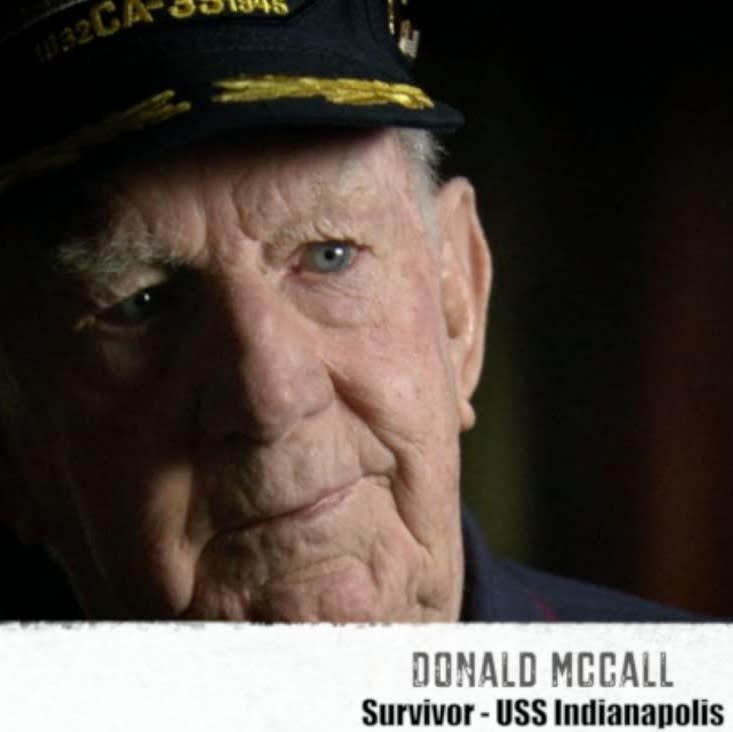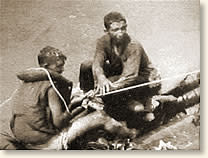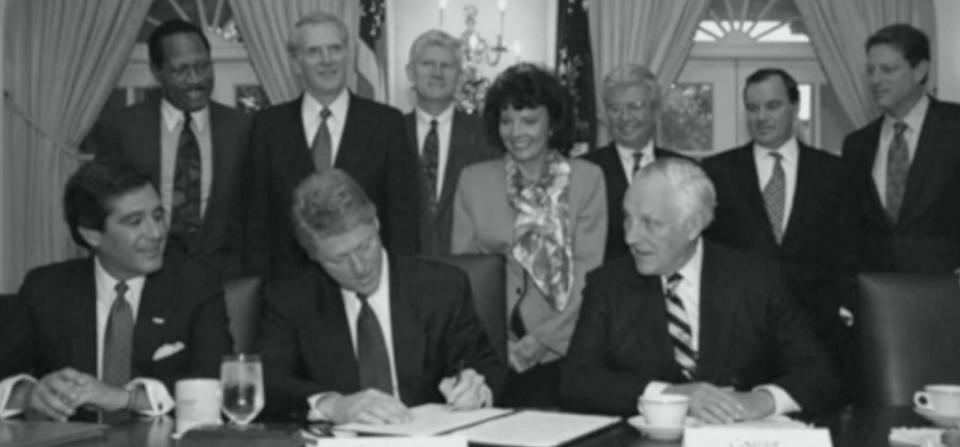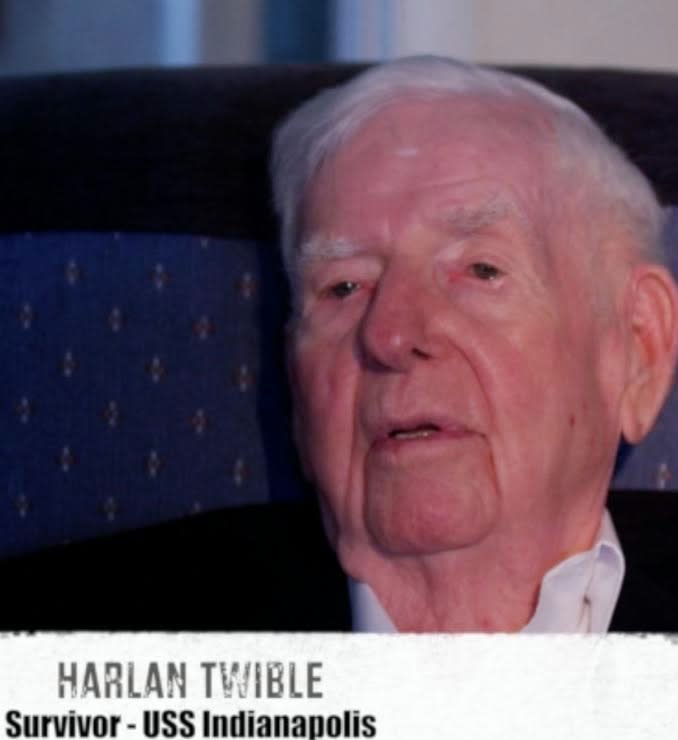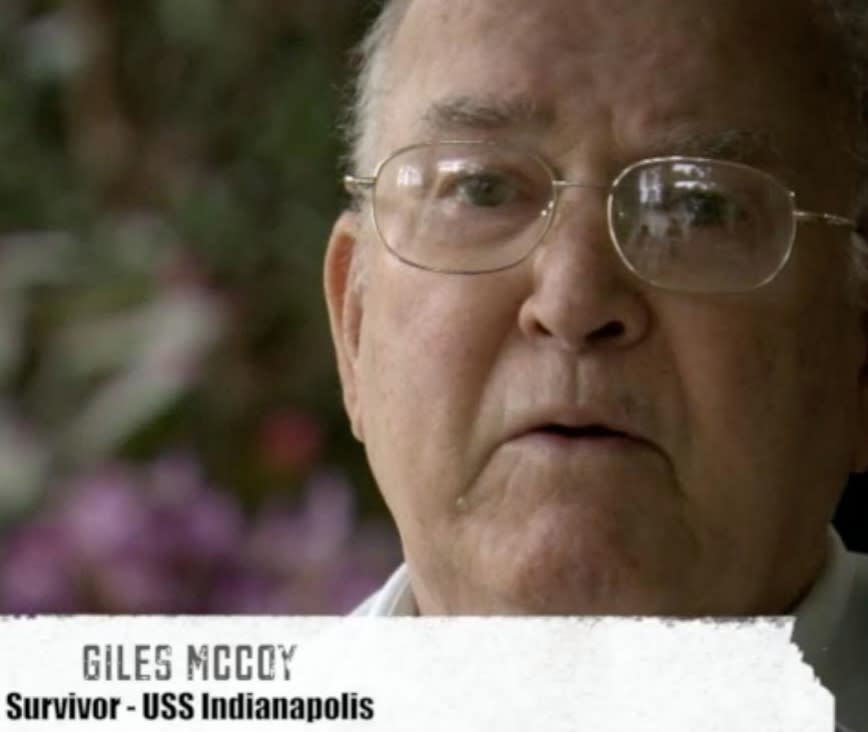Peter O’Toole’s Nephew & French Producer Tell American WWII Heroes’ Story With ‘USS Indianapolis’

Leave it to the nephew of Peter O’Toole and a French producer (Richard Rionda Del Castro) to bring forth one of this country’s most incredible human survival stories from World War II — that of the Navy men of the USS Indianapolis. After running a top-secret mission, the cruiser was torpedoed by the Japanese and hordes of men were forced into shark-infested waters where they tried to survive for five days. Most of those men never made it home. The sinking of the USS Indianapolis is considered the worst naval disaster in U.S. history.
When Francis O’Toole began filming the documentary for Rionda Del Castro — which is being done in conjunction the new feature film USS Indianapolis: Men of Courage — there were 31 survivors of the naval cruiser still alive to tell the story; now there are only 24. (When I first started reporting this story, there were 25.)
With more than 60 people interviewed — including survivors and their families — O’Toole is putting together a documentary that will debut with the feature film that stars Nicolas Cage. The feature — which has been submitted to the Cannes Film Festival for consideration, with plans to premiere there — was co-written, produced and financed by Rionda Del Castro.
“Many of (the survivors’) last dying wishes was that the story gets told,” O’Toole told Deadline. “The feature film captures how these Navy men held on for days to stay alive. The Japanese blew up the munitions part of the ship, so there wasn’t one guy who didn’t have red hot shrapnel in their bodies, and that was bad enough when they went into the water.” But then, covered in oil, they had to try to ward off hungry sharks. The documentary, which is near completion sans a narrator, tells the story of what happened in the remaining survivors’ own words. (Check out the exclusive first-look clip of the docu above.)
“Every interview I insisted on doing personally with them,” he said. “Saving Private Ryan started to get the message out about the Greatest Generation. I think a lot of media and people don’t realize how bad it was because these guys came back from war and got jobs and got on with their lives and became successful. But it was not without a price. We say in the film, ‘Freedom isn’t free.’ A lot of people sacrificed themselves to provide the country we live in today.”
Many of the men still struggle with PTSD. And it’s no wonder. These heroes — there were a total of 321 pulled out of the water (only 317 survived ) — experienced the horror of having their friends and fellow Navy men being eaten by sharks in front of them, not to mention the threat of death every second of every day while also starving and slowly succumbing to dehydration.
How did it happen? After delivering the makings of the atomic bomb to an island in the Pacific that eventually would be used decimate Hiroshima and stop the war, the Indianapolis was coming back from its top-secret mission when it was hit by the torpedo, knocking out its communications system.
Of 1,197 crewmen aboard, about 300 perished when the ship sank in 12 minutes. The other 900 ended up in the water and tried to keep one another alive while sharks had a feeding frenzy. Because of a series of blunders about when the ship would return, the Navy didn’t miss the cruiser. After clinging to life for five days in the water, the men were spied by a scouting bomber that stumbled across them, and a rescue was made.
Afterward, back at shore, the head of the ship, Capt. Charles McVay (played in the film by Cage) was scapegoated, despite evidence that the Navy higher-ups themselves knew they had put the Indianapolis in harm’s way in a radio-silence area and sent the captain and his crew out unaware of the high danger of enemy submarines. The Navy decided to court-martial McVay and, unbelievably, brought in the head of the Japanese submarine who torpedoed the cruiser to testify against him. That hearing took place in the Navy Yard in D.C.
It wasn’t until decades later that President Clinton exonerated McVay. We understand that Clinton might be interviewed for the documentary.
The story of the USS Indianapolis was famously recounted in the 1975 Steven Spielberg film Jaws by the shark hunter played by Robert Shaw, whose character survived the shark attacks. In one of the more poignant moments of the film, he speaks about the terror they experienced in the water as they waited to die.
“I said to Richard, ‘We should make a feature film,'” said exec producer Tim Cavanaugh. “They worked on it for a few years, going back and forth. Eight years later, we got the money lined up and found that the USS Alabama and the USS Drum were available. We spoke to the survivors (since passed) and they came together and helped us find others. I’m very honored and privileged to be a part of this.”
Rionda Del Castro, who is also the CEO of Hannibal Classics and has worked with Cage on several films, researched the subject matter for several years with co-writer Cam Cannon before penning the screenplay. In fact, it took five years to make the movie from when the first screenplay was done to the completion of the movie. They started production with director Mario Van Peebles on June 24, and the film will be completed next month. Michael Mendelsohn is also producing both films.
Interestingly, one of the actors in the feature film, Matt Lanter, is the grandson of Kenley Lanter, one of the survivors. The young Lanter, who was cast in the film before he told the producers of his connection, wore his grandfather’s dog tags the entire time he was filming.
Said an impassioned Rionda Del Castro, “I hope to show a new generation who are not familiar with the heroes of this country from this war that the survivors are right: Freedom is not free, and we need to honor these men who gave their life for this beautiful country.
“They were fighting for us back then, and we have men and women now fighting for us now. I hope that when anyone sees a man or woman in an airport with a uniform on, that they reach out and thank them.”
The producers shot on the ocean. The sharks, which are animatronic and look exceptionally real, were created and provided by Walt Conti. They look so real, in fact, that when the sharks were put in the water, real fish followed after them.
“The film was, by far, the biggest and most difficult I’ve ever undertaken,” said Rionda Del Castro. “It’s not only a movie that required a lot of logistic challenges to shoot in the ocean, it was also difficult because it’s a very sensitive subject matter and we wanted to show the facts and let the audience come to know these families and these men. It was a very delicate movie to make. As a producer, this movie took my heart away.”
He said that every day on set, survivors and families of those lost at sea would visit the set in Alabama. “When they came to the set, it was so much joy to see them but also we had such respect,” said Rionda Del Castro. “It was very heartbreaking.”
They are currently talking to U.S. distributors for North American rights on both films.
Related stories
MGM Board Adds $300M To Stock Repurchase Plan
David Smyrl Dies: 'Sesame Street's Mr. Handford Was 80
Get more from Deadline.com: Follow us on Twitter, Facebook, Newsletter
